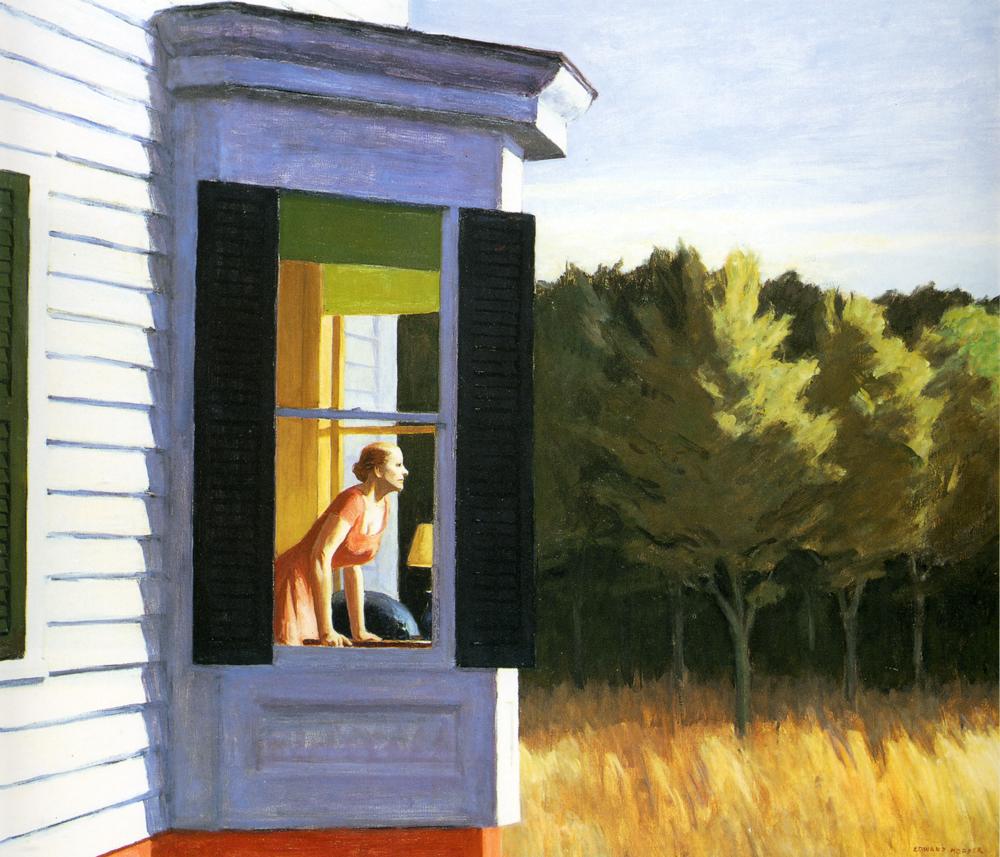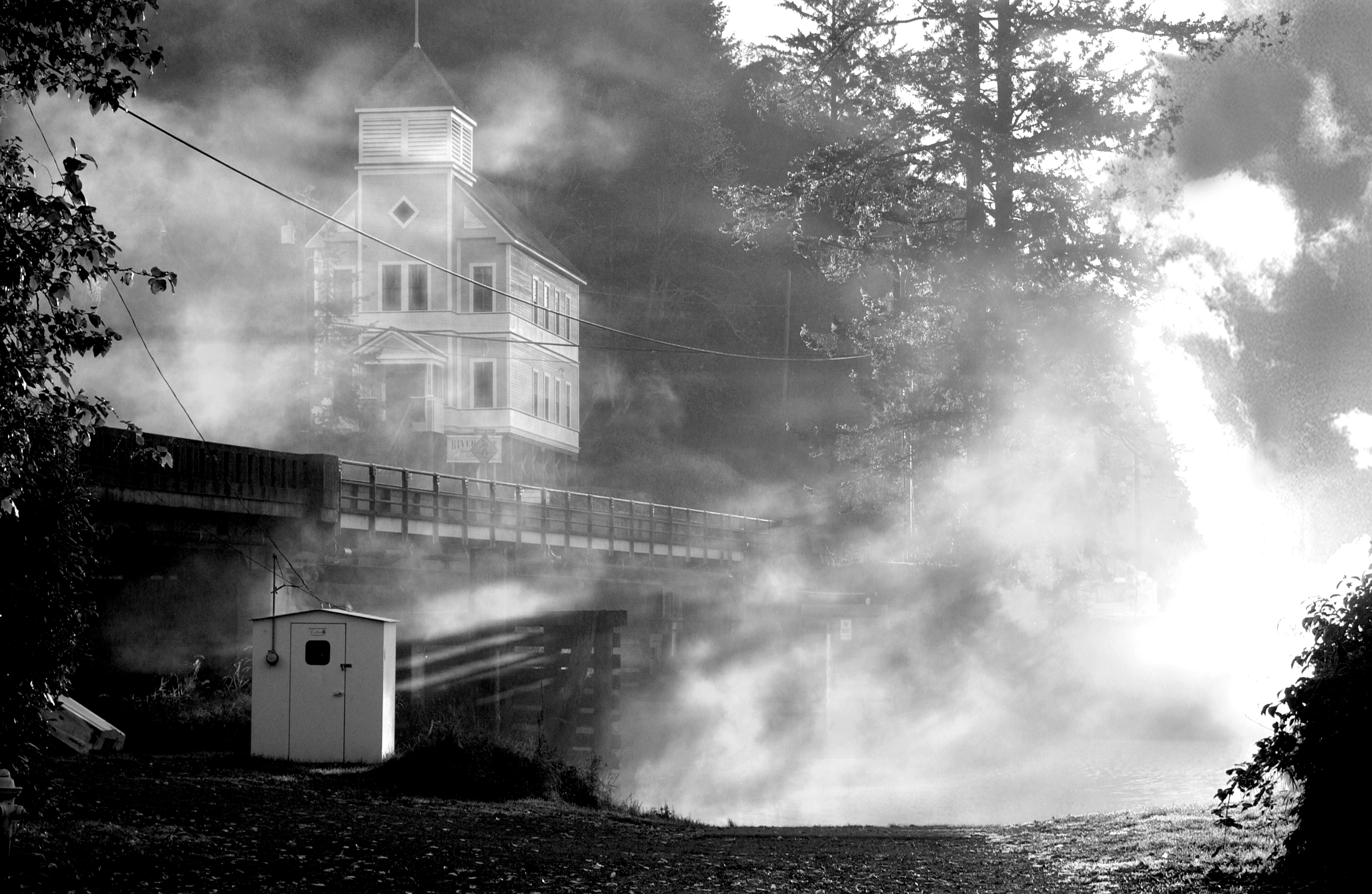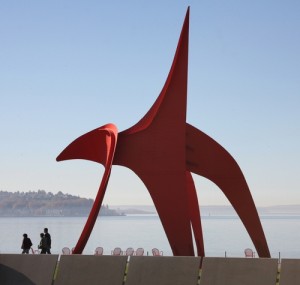Diego Rivera: Industrial Detroit Murals
a pecha kucha
[Baby in the Bulb]
If a child, fetal in the womb
of a daffodil, growing heart and brain
and petals that protect with careless poison,
what will we say of spring—the world in bloom?
[Fruits and Vegetables]
During the first revolution of the human journey,
we cultivated einkorn, barley, and figs. The second
revolution: steam, gas, and combustion engines.
Now, it is coming, a great turning—a new way
of listening, of creating. Of understanding seed.
[Four Races]
It is hard work. They call themselves Fire or Air,
Earth, Water. They answer to North, South, East
or West. One says Call me Coal or Iron, Limestone,
Sand. It does not matter to the heart, the volcano,
the furnace. As they work, they are steel.
[Self-Portrait]
He cannot fool himself. The eyes of the Other stare
back like a mirror. He picks up his palette and brush
and paints his own face into the crowd. There he is,
the man with a hat and brown eyes.
[Conveyer Belt]
On my left you rise, I pull then lean and lift
into the wait of the pull to my right. Some hear
music. Some say machine, some say dance.
Every line of your life crosses your face.
[Manager and Worker]
I am the sound of steam and sweat.
You are ear. When I smoke after dinner,
you hear me exhale. When I make love
to my wife and she calls out my name,
you sigh.
[Poison Gas]
Workers put gas in a bomb. They put pyrethroids in a can.
Wilfred cannot pronounce it. He says dulce, he says
hissss. He says a spider will jump, run, do flips
to its back, roll back to its feet. Repeat till it dies.
[Hands]
It is an old story. Hands rise, fingers empty
and craggy as talons. Some formed as fists.
Others are molten and alive, and of the earth.
They fold around augite, quartz, mica, feldspar.
[Airplanes]
A manager in the aviation capital of America
hires a worker to build a plane. A woman flies
to Chicago to see her daughter. An army pilot learns
to drive a “tin goose.” A dove enters the open eye
of the engine fan, beneath the center blades.
[Half Face, Half Skull]
Sometimes, in the dark, I look
into the mirror and see my death.
I am not afraid. I offer my hand and we go
back to bed.
[Stamping Machine]
No longer listen to wind through tall grass
nor ride the pull of ripples across water.
So says this god, our creation. We miss
Coatlicue. She with her head of snakes
only asked for human blood.
[People on Tour]
People enjoy the zoo. They say
the animals act almost human. Men in fedoras
talk to their watches. The Katzenjammer kids
pull another prank. Foolish, say the monkeys,
and never laugh.
[Engine Dog]
The ancients used a guide for passage
to the next world. Charon ferried the dead
across the River Styx. Pre-Columbians chose
a Colima dog. My brother plans to drive himself
behind the wheel of a 4-valve, V-8 engine.
[Predella Panels]
During the Hunger March, he saw
even blood in shades of grey. One day
someone will paint his story. The world
will know more than the grisade of his life.
[Spindle Machine]
My job is about boring holes
in engine blocks. After work, I go out for beers
with Quetzalcoatl, Muhammad, Krishna,
Siddhartha, and the new guy, Jésus.
[La Raza Cósmica]
The Census Bureau does not list
el espiritu as a race, yet here we are,
working side by side, of one blood.
Por mi raza hablará el espiritu.
[Vaccination]
Whether a child is the son of God
or the son of a scientist, aviator, inventor,
we look at him with hope. We are sure we have time
to do good things. We are sure we are forgiven.
[River to Fordlandia]
Some men like to tame the land, some like
to tame other men. They forget they are only men
and others are not clay. On the third day, he created land,
and a river from Detroit to Brazil.
[Night Foreman]
I am 45th on the assembly line of 84 steps.
The guy next to me places an engine. I add a bolt.
It is a game of interchangeable parts. Bricker says
93 minutes is too long to build a Tin Lizzie.
[Miller Street Bridge]
It is the end of March and bitterly cold. I count
the stairs to the bridge: one, two, three–Joe,
Joe, another Joe. Four, Cole. Shot and buried
with union on their lips. Black Curtis, five.
His ashes like snow dot the cemetery soil.
“Diego Rivera: Industrial Detroit Murals” is reprinted from Sometimes You Do Things (Aquarius Press; March 2013).
View the murals.
Sarah Zale teaches writing and poetry in Seattle. She holds an MFA in poetry from Goddard College. The Art of Folding: Poems was inspired by her travels to Israel and Palestine. Sometimes You Do Things: Poems will be published March 2013 (Aquarius Press, Living Detroit Series). The title poem appears in Floating Bridge Review 3. Naomi Shihab Nye awarded “September 24, 1930: The Last Hanging in Michigan” as a finalist in the 2011 Split This Rock Poetry Contest. Zale’s work is in the anthology Come Together, Imagine Peace, a finalist for the 2009 Eric Hoffer Award. She lives in Port Townsend.




